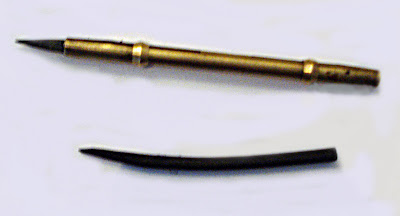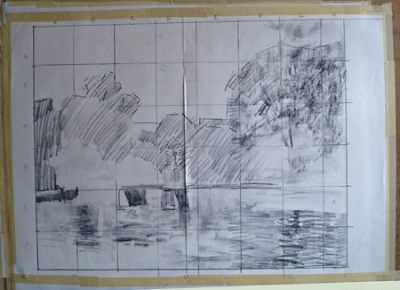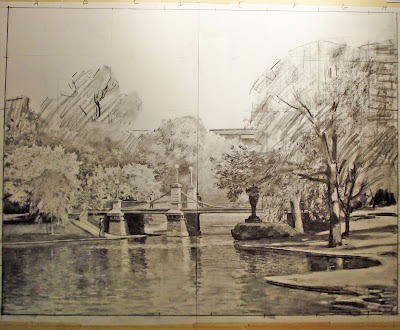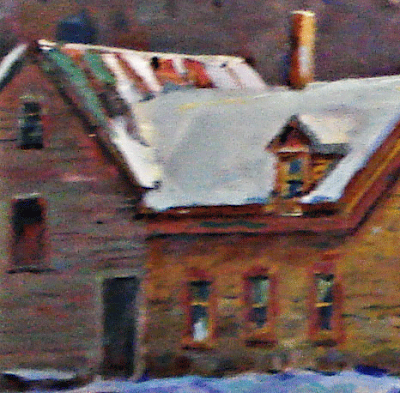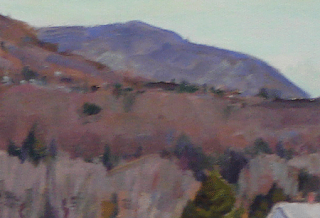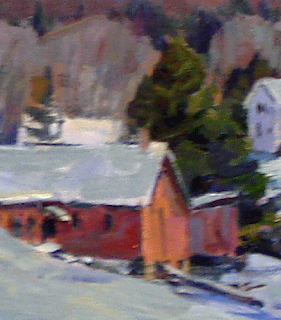 image: .www.artrenewalcenter.org
image: .www.artrenewalcenter.orgAbove is a drawing by William Bouguereau, 19th century French academic painter, this guy could REALLY draw! An amazing artist and until recently little seen in museums, now seeing a restoration to the position in art history he truly deserves. I will do a post on him soon.
I promised I would return to the subject of copying drawings and I will do that now. You must obtain a clear reproduction in something like the actual size of the original drawing. I would suggest starting with an Ingres or Michelangelo, however there are many great draftsmen whose work will do. You must first find a suitable drawing. either in a book or printed out from online, perhaps from the Art Renewal Centers' web sites' wonderful collection. Tape it to a drawing board next to a sheet of good quality drawing paper. I like Aquabee Deluxe and Canson Ingres but there are many good papers out there. Do not use a cheaper poorly made paper! You don't want it's surface failing when you are hours into a project.
First mark off on your drawing paper an outline the size of the drawing to be copied. Find a point with a ruler at the top of the drawing and place a tic mark there, find two or three landmarks in the figure directly below your first mark. Then find and mark another couple of dimensions with your ruler corresponding to other important points on the drawing and you now have a sort of map with which to begin.
Starting very , very lightly with a pencil, begin to imitate the drawing on your paper. You must do this very softly, as you will erase it a few times before you are happy with it.All of that erasing is why a good quality paper is important, it has to be able to take the beating. Work the entire drawing out like a ghost before you darken any line. You can find more landmarks in the drawing with your ruler as you go, that way you can see if things you are drawing are falling into their right places in relation to one another. The point of this exercise is accuracy,so try to make as perfect a copy as you can. Obtaining the last 20% of the accuracy in your copy will teach you more than the first 80%. Leave nothing knowingly wrong on this drawing, or any other for that matter. Every thing in art should be as right as you can make it.
Art must be "A" work or its not art. Art wont shine your shoes, fuel your car, or feed your cat. therefore:
ART HAS NO REASON TO EXIST, OTHER THAN THAT IT BE WELL MADE.











